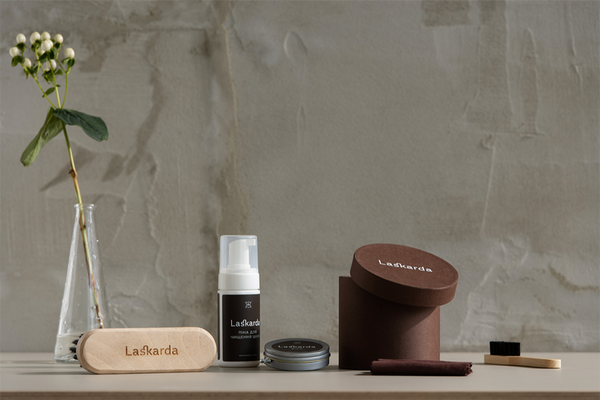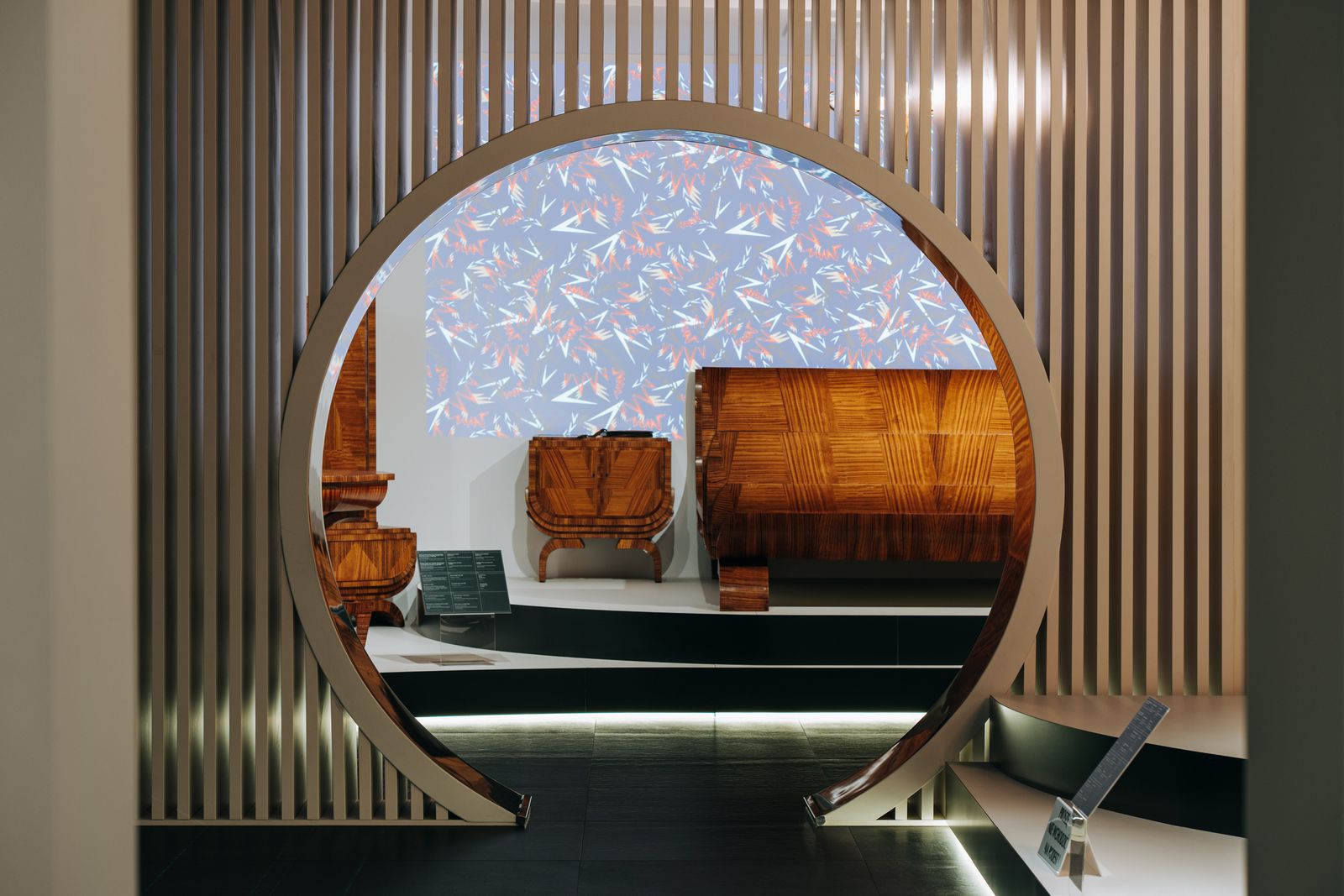This September, the Mazovian Museum in Płock opened the largest permanent exhibition dedicated to Art Deco in Poland. The exhibition, entitled Art of the Interwar Period includes more than 1,800 design pieces and works of art: furnishings, paintings and sculptures, fashion items, jewelry, as well as valuable paper and numismatic objects tell the story of the turbulent 1920s and the distinctive aesthetic of the period.
The exhibition was designed by the Polish studio Koza Nostra, who define their work as experiential design. ”We believe that the exhibitions are more than just a collection of artifacts. They are a place where new ideas are born out of a dialogue between culture, nature and technology. Through unique architecture, we build an emotional connection between people and things, and space and content,” they say. The setting for the Art Deco exhibition was deliberately designed to be elegant and minimalist, to highlight rather than dominate the grandeur of the period. The color palette of materials used was therefore deliberately limited to shades of black, grey and white, with a preference for metal and chrome-plated steel.
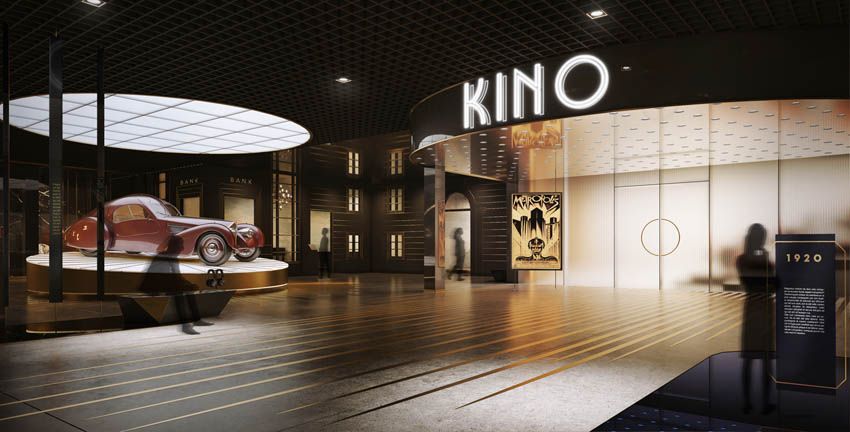
The visitor first enters a busy, agora-like space where the facades of various shops, a cinema, a jeweler, a bank and an art deco tenement house intersect. In the center, on a rotating platform, a shiny red vintage car is parked, with a collection of clothes all around. The glamorous atmosphere is completed by background music. The first floor is a realm of exclusive private apartments, where the interiors of the Polish intelligentsia of the 1930s take center stage. The furniture has in fact been placed on platforms and separated by transparent partitions, giving the impression of a glimpse into the intimate world of the elite. On the first floor, there is an art and a design gallery, the latter displaying a rich collection of glass from renowned Polish glassworks—Niemen, Zawiercie, Hortensja, Krosno—and foreign manufacturers. The metal collection is represented by products from Warsaw, European and American companies, while the ceramics collection includes Ćmielów, Pacyków, Silesian manufactories and foreign porcelain. The final section of the exhibition, the Hall of Identity, is a reference to the success of Polish artists at the 1925 Paris World Exhibition.
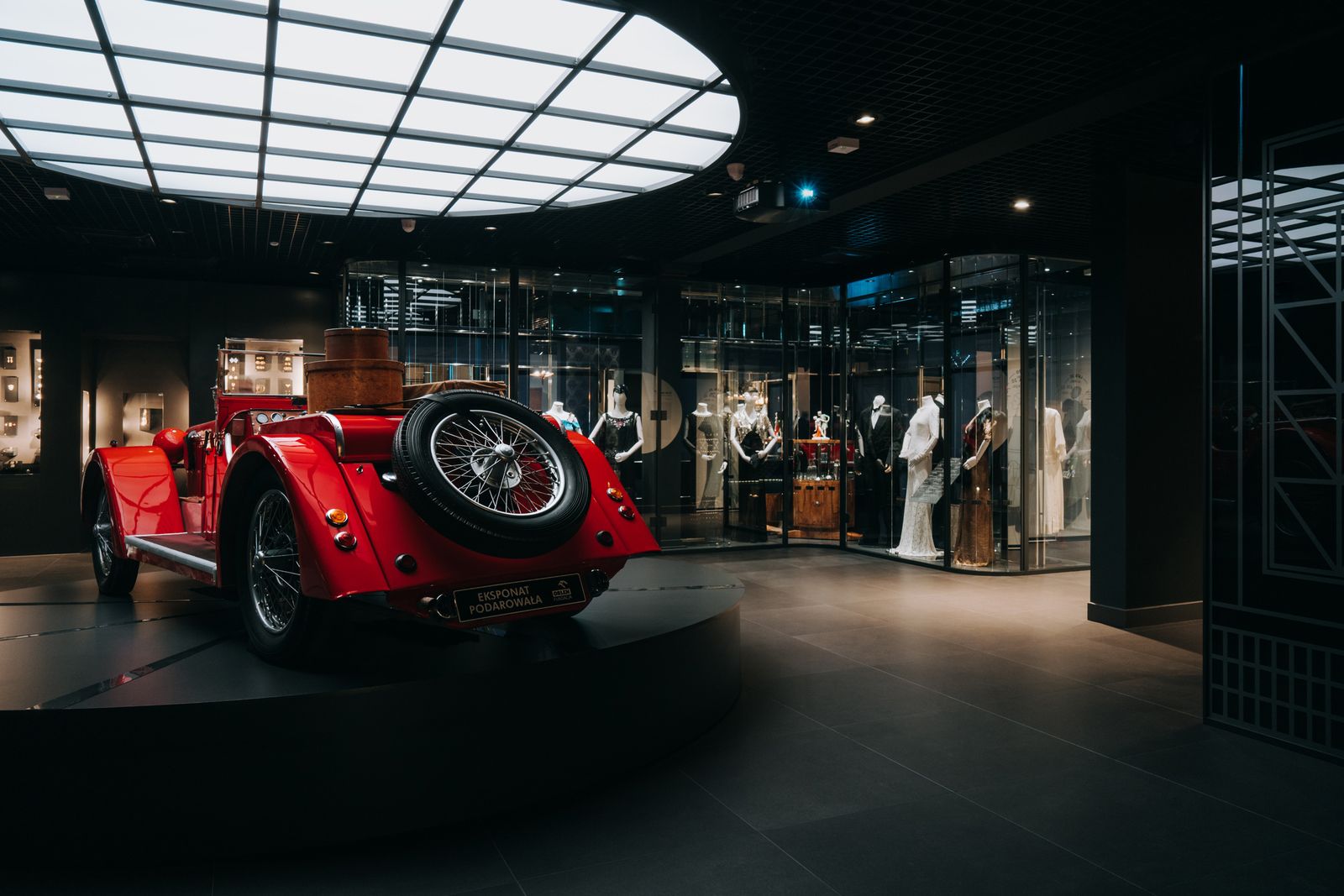

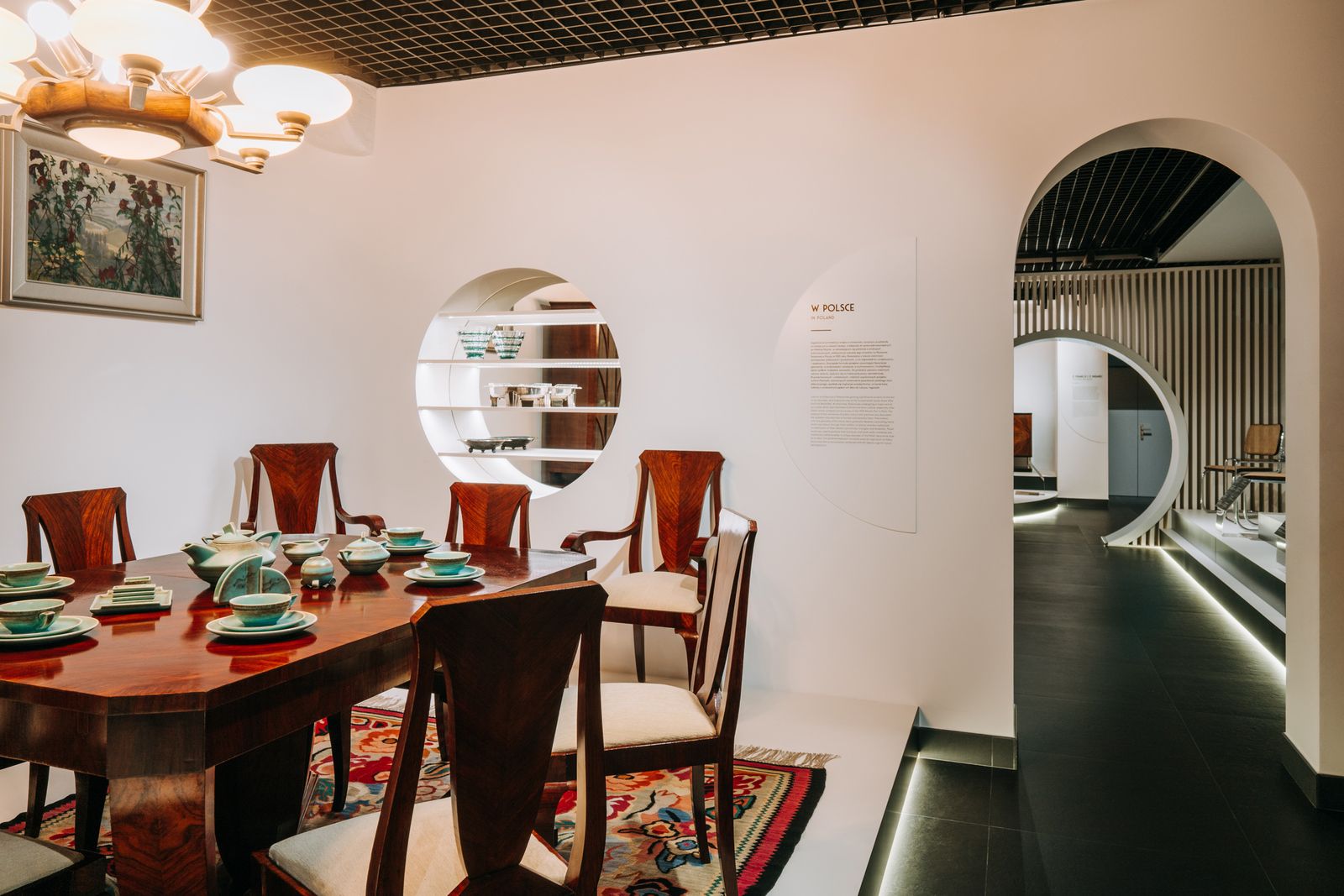
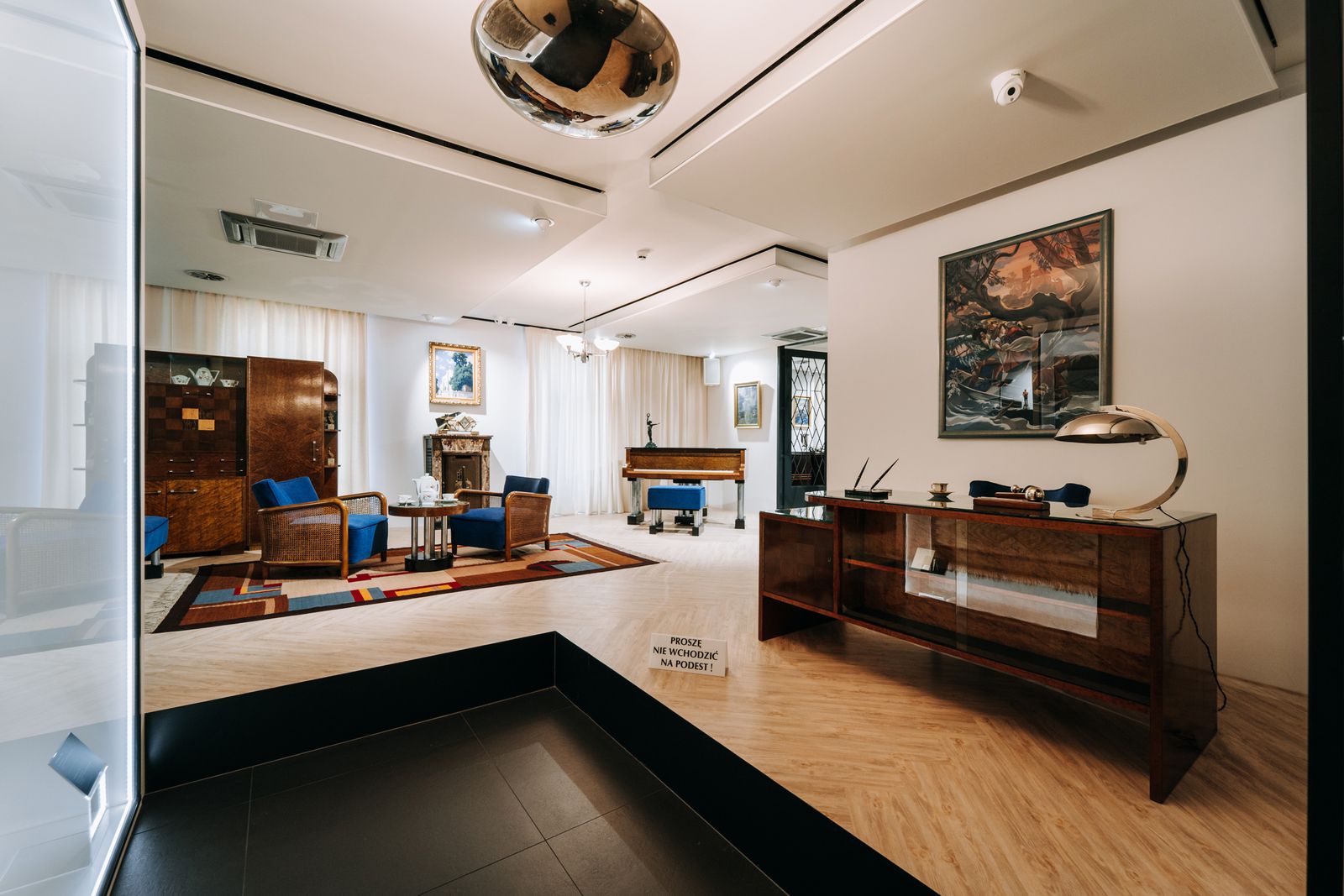
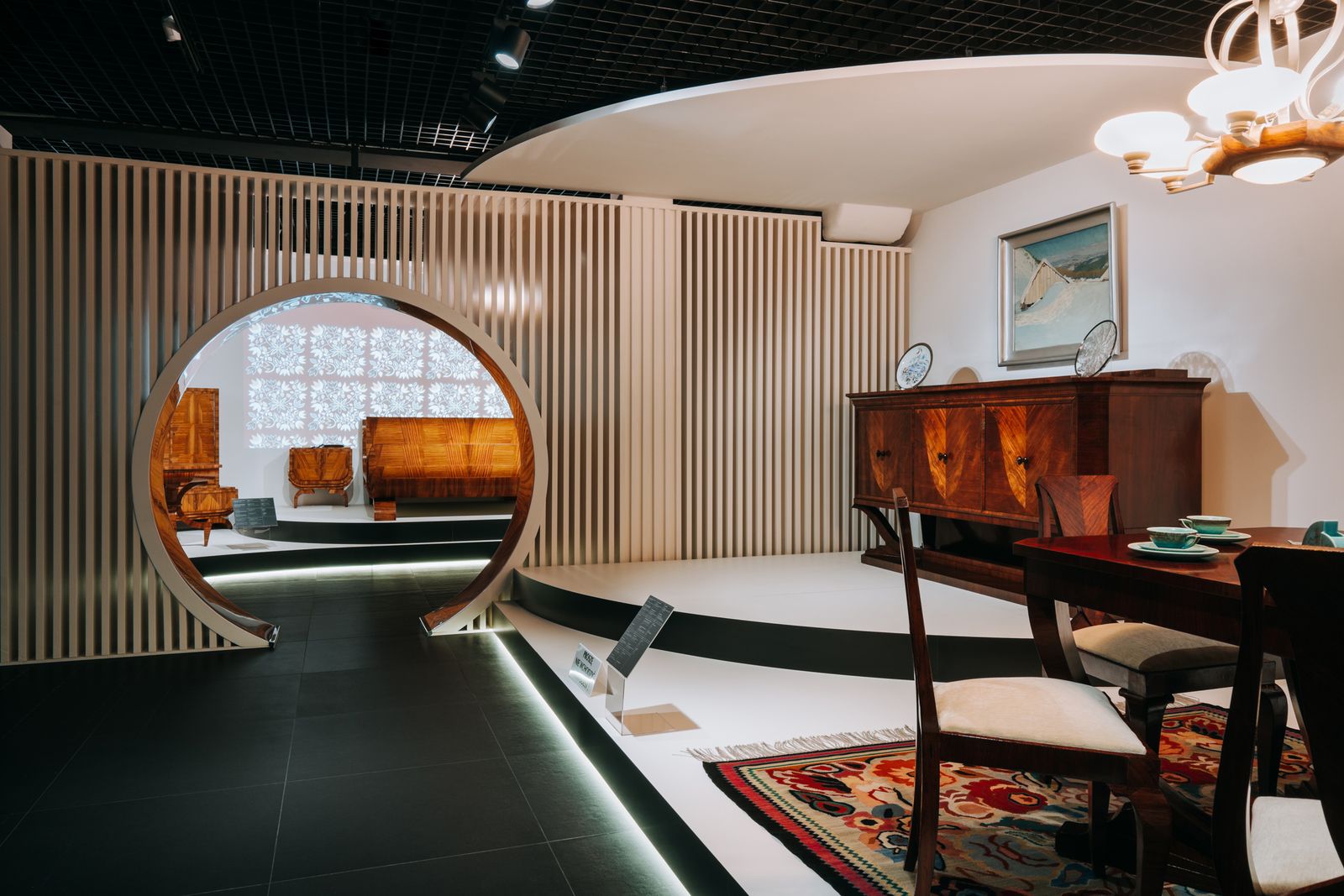
The exhibition is dedicated to the memory of Professor Irena Huml, the distinguished Polish art historian who supported the idea of creating an art deco collection and a permanent exhibition of the movement in Płock.

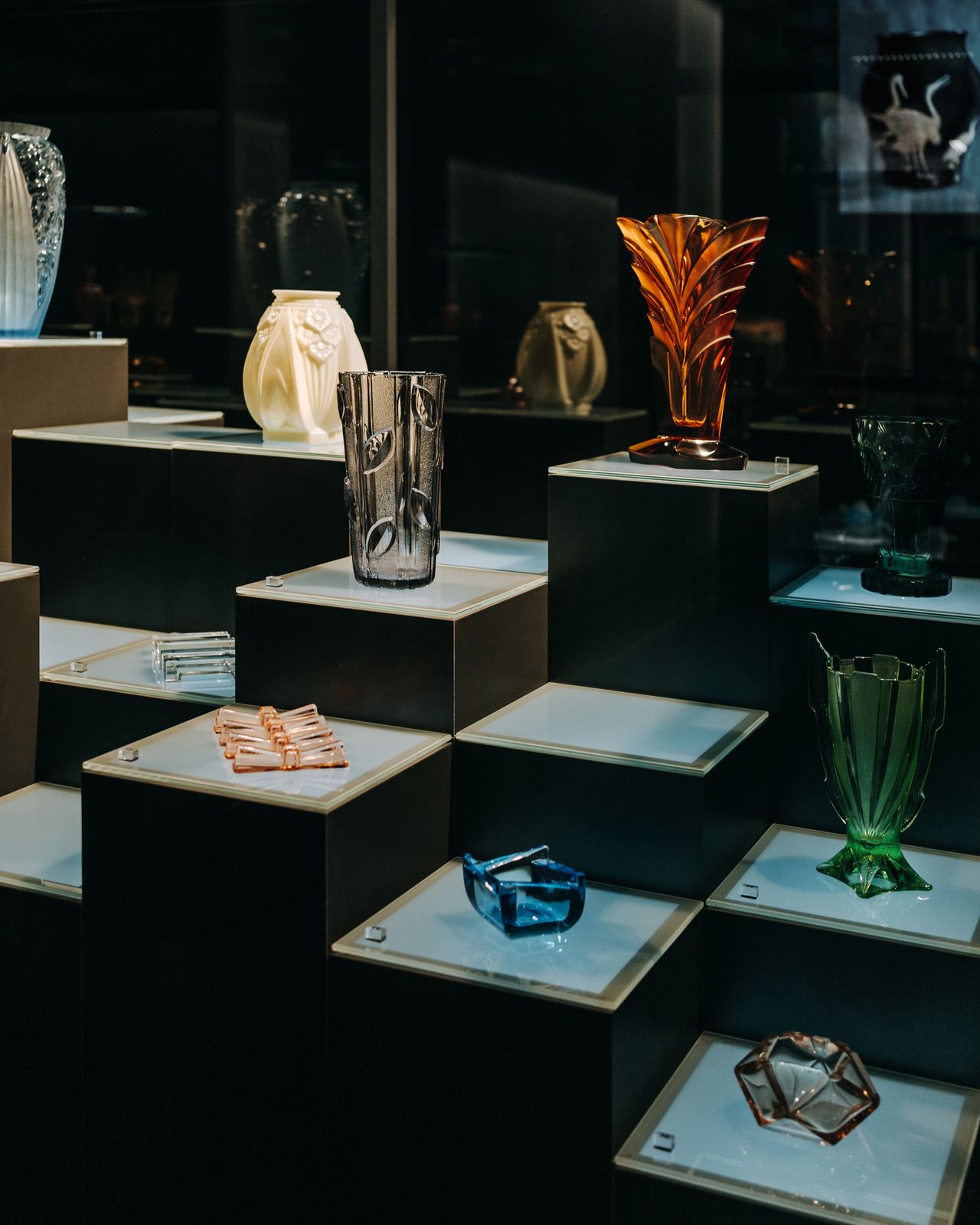

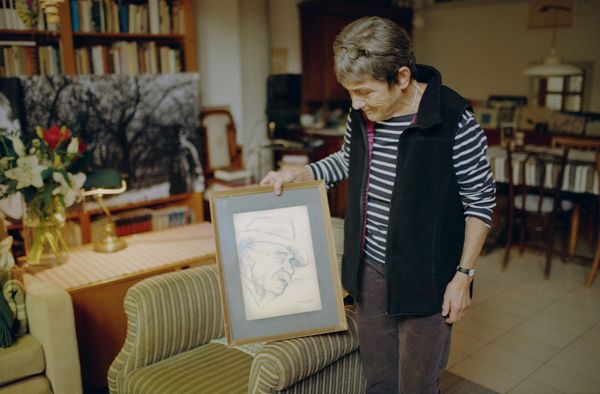
”This is Péter’s award, and I’ll take it to him” | Interview with architect Zsófia Csomay

Slovenians have built the perfect place to observe nature | Bobrov Center
